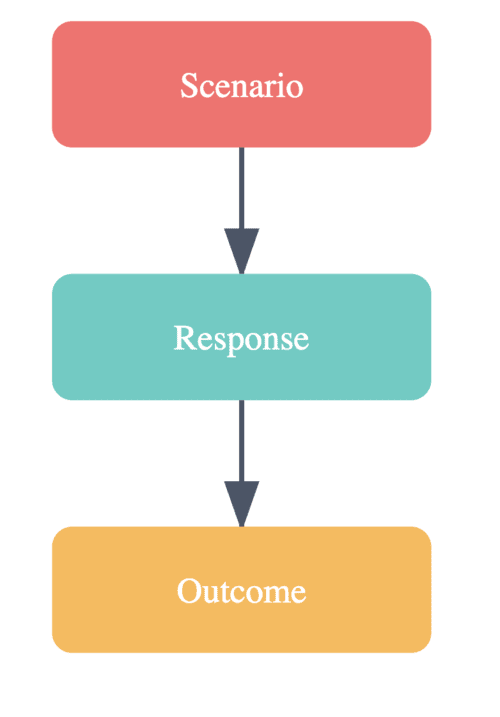In this unit, we delve into the strategic use of scenario mapping as a tool for envisioning and preparing for future possibilities. By identifying key drivers, developing scenarios, and communicating these scenarios effectively, you can create a shared vision that inspires action and innovation.
Understanding the main factors that could influence future scenarios is crucial for effective scenario mapping. Consider trends, technological advancements, or market shifts that could impact your organization. For example, if a new technology is emerging in your industry, identifying its potential influence on your operations can help you anticipate changes and prepare accordingly.
Creating multiple scenarios based on different combinations of key drivers allows you to explore various future possibilities. Each scenario should tell a story about a possible future, highlighting potential impacts on your organization.
Analyzing the implications of this scenario helps you identify strategies to address potential challenges and leverage opportunities, ensuring your organization is well-prepared for different outcomes.
Effective communication is essential for making scenarios relatable and actionable. By integrating storytelling with scenario mapping, you can present these scenarios to your team in a compelling way. We can refreame the the "SBI" framework (Situation, Behavior, Impact) we covered in the previous course to structure your narratives, using the Scenario, Response, Outcome structure to illustrate the challenges and opportunities each scenario will present.
 Let's explore a dialogue between two colleagues discussing the importance of scenario mapping and storytelling.
Let's explore a dialogue between two colleagues discussing the importance of scenario mapping and storytelling.
- Jake: I've been reading about the rise of AI in our industry. If we think about our current situation, we face some inefficiencies. Imagine if we could streamline our processes.
- Victoria: That sounds promising. How do you see this playing out in our current operations?
- Jake: Well, consider our customer service team. If we use AI to handle routine inquiries, it could free up time for more complex issues. This behavior could lead to faster response times and better customer satisfaction.
- Victoria: I can see the benefits. Do you have any resources that support this vision?
- Jake: Yes, last month's newsletter provides some great insights into how AI is transforming similar industries. It would be a valuable addition to our discussion.
In this dialogue, Jake demonstrates the key ideas of identifying key drivers, developing scenarios, and using storytelling with the SBI framework to communicate future possibilities.
In the upcoming practices, you will have the opportunity to apply these concepts in a practical scenario, enhancing your ability to communicate effectively and strategically within your organization.
